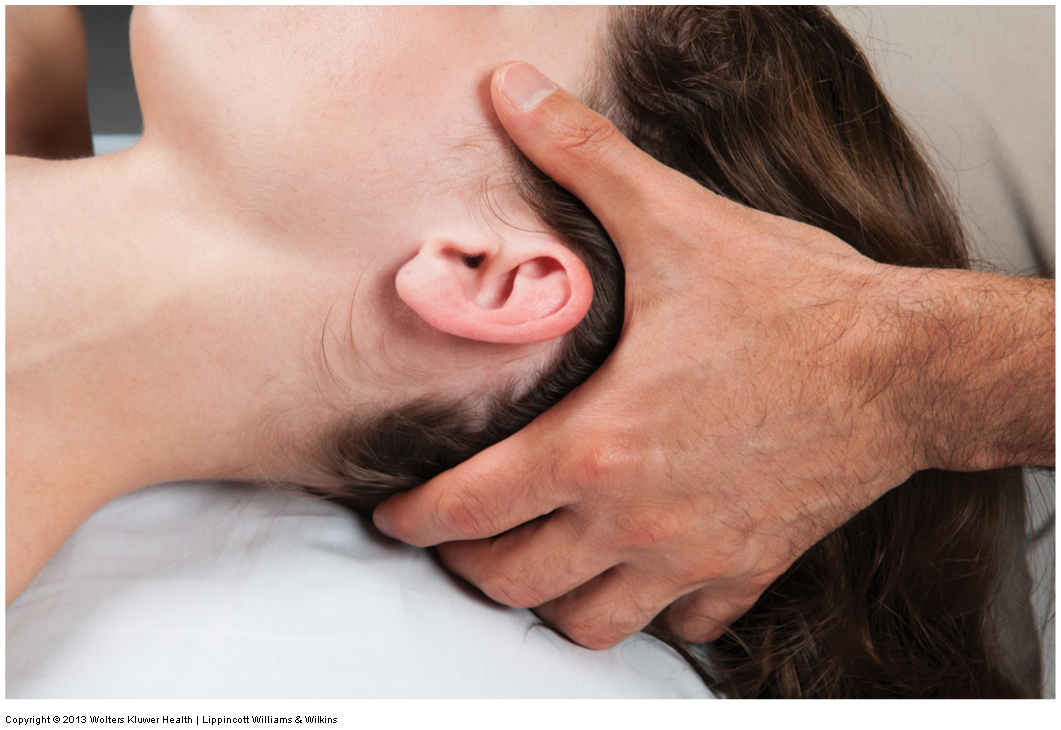This blog post article is the fifth in a series of ten articles on Deep Pressure Massage of the Neck
Rotating and Supporting the Client’s Head
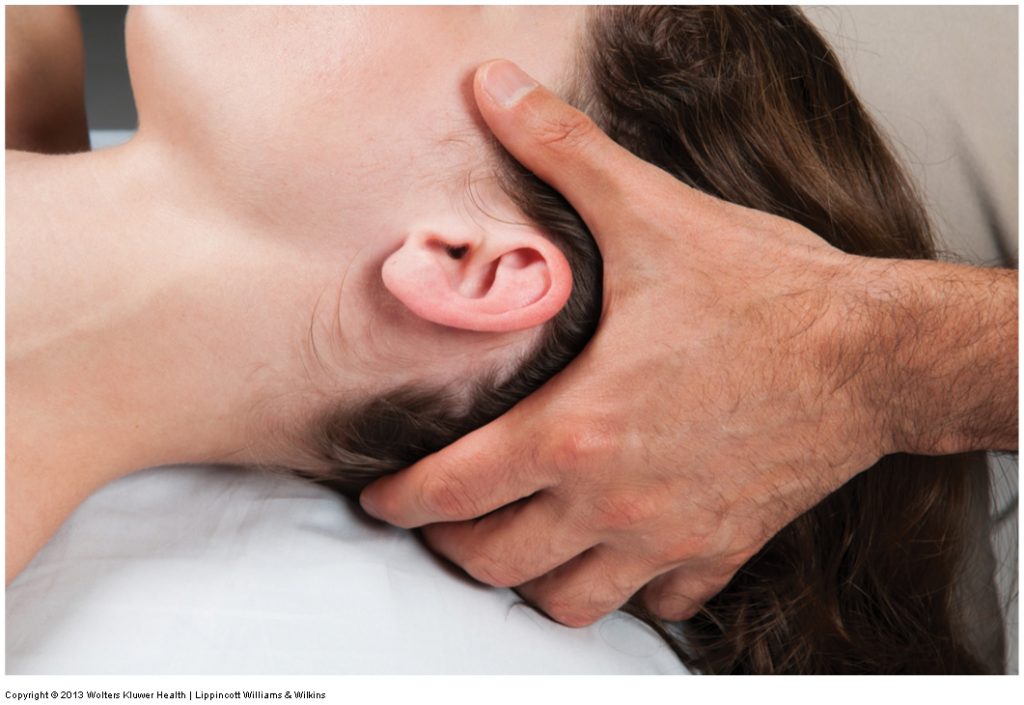
Figure 9. Stabilization hand position. The therapist’s stabilization hand must comfortably and securely hold the client’s head. Permission Joseph E. Muscolino. Advanced Treatment Techniques for the Manual Therapist: Neck (2015).
For deep pressure massage to the neck, following is the contact for the client’s head: Your left hand is the stabilization hand. It has the double role of supporting the client’s head and stabilizing the client’s head and neck when pressure is exerted with the treatment hand. Contralaterally rotating the client’s neck to the opposite side allows for easy access into the posterior musculature on the side being worked. It is critically important that you are comfortably but firmly supporting the client’s head. If the client does not feel confident that you have his or her head, he or she will not let go and relax his or her musculature when you work. The best contact is to hold the client’s head with as much of the palmar (anterior) surface of your fingers and palm as possible. It is important to avoid curling your fingers so that you do not contact the client’s head with your fingertips because this can feel uncomfortable for the client (Fig. 9).
Choosing the Treatment Contact

Figure 10. Ideal contact for treatment hand. When working on the supine client’s posterior neck, the therapist slides the fingers under the client’s neck/trunk so that the thumb pad comes to meet the musculature of the client’s neck. Permission Joseph E. Muscolino. Advanced Treatment Techniques for the Manual Therapist: Neck (2015).
When performing deep pressure massage to the posterior neck of the supine client, the ideal contact for the treatment hand is the thumb pad. “Hug” your thumb close against the body of your hand and slide your other fingers under the client’s neck until your thumb pad meets the client’s neck (Fig. 10). It is important to contact the client’s neck with your thumb pad, not the tip of your thumb. Applying pressure with the tip of your thumb may feel uncomfortable for the client, especially when you are working deep. To best access the client’s tissues with your thumb, slightly extend the thumb so the pad naturally meets the client’s neck. However, it is important to not extend the thumb too far or the joints of the thumb will become unstacked and unstable and excessive pressure will be placed on them.
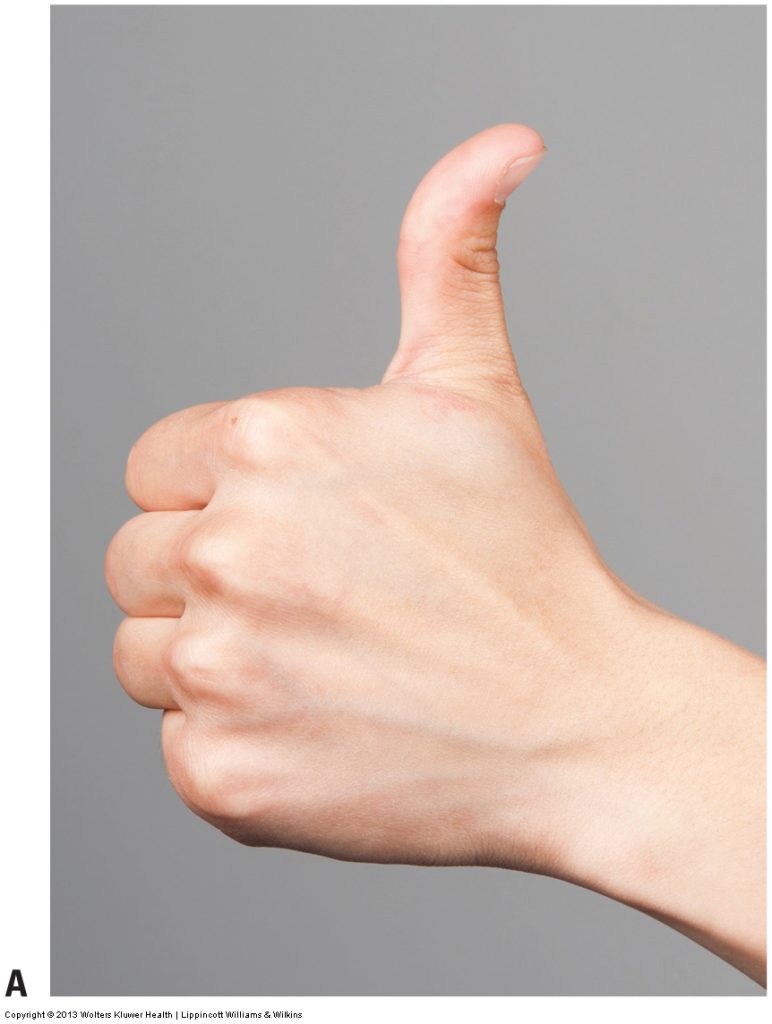
Figure 11. Interphalangeal joint of the thumb. (A) Hyperextension of the interphalangeal joint of the thumb. (B) A brace can be worn to support the thumb’s interphalangeal joint. Permission Joseph E. Muscolino. Advanced Treatment Techniques for the Manual Therapist: Neck (2015).
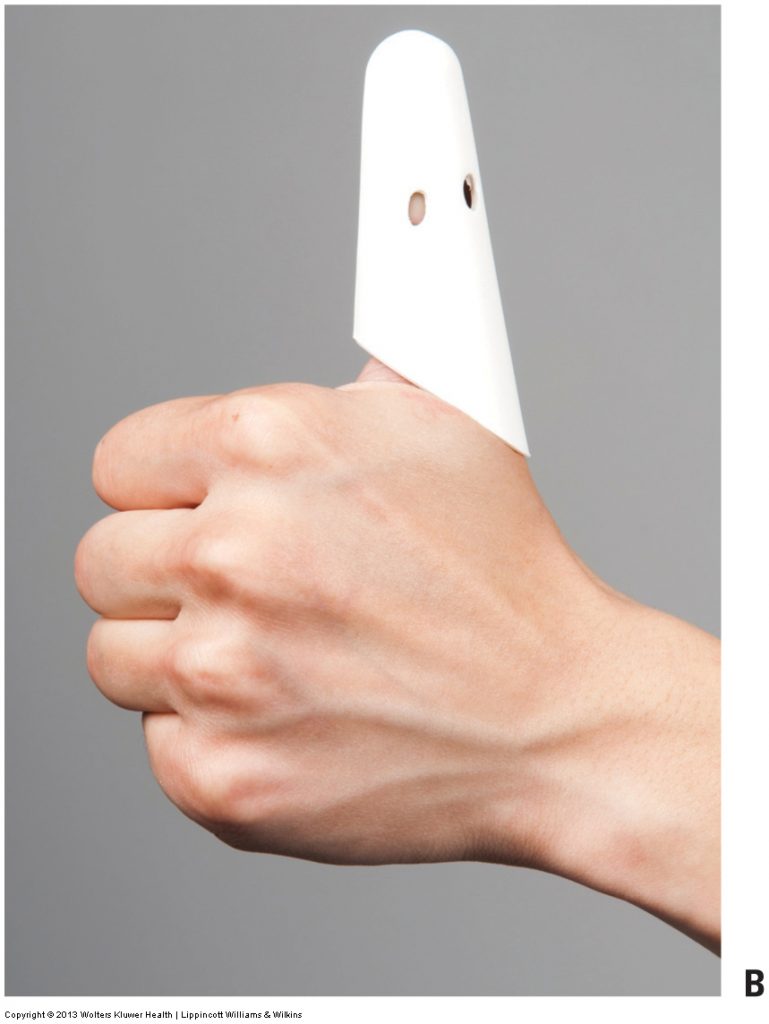
Figure 11B. Permission Joseph E. Muscolino. Advanced Treatment Techniques for the Manual Therapist: Neck (2015).
Although fingers can be used to contact the client’s neck for deep pressure massage, the thumbs are ideal for use in this area. A problem that some therapists have is a hyperextendable interphalangeal joint of the thumb (Fig. 11A). If your thumb is mildly hyperextendable, you may be able to do this work with your thumb. There are also supports available that can be worn on the thumb to prevent the interphalangeal joint from collapsing into hyperextension (Fig. 11B). But if your thumb is extremely mobile into hyperextension, you may need to employ another contact when doing deep tissue work into the neck.
Changing Position of the Stabilization Hand
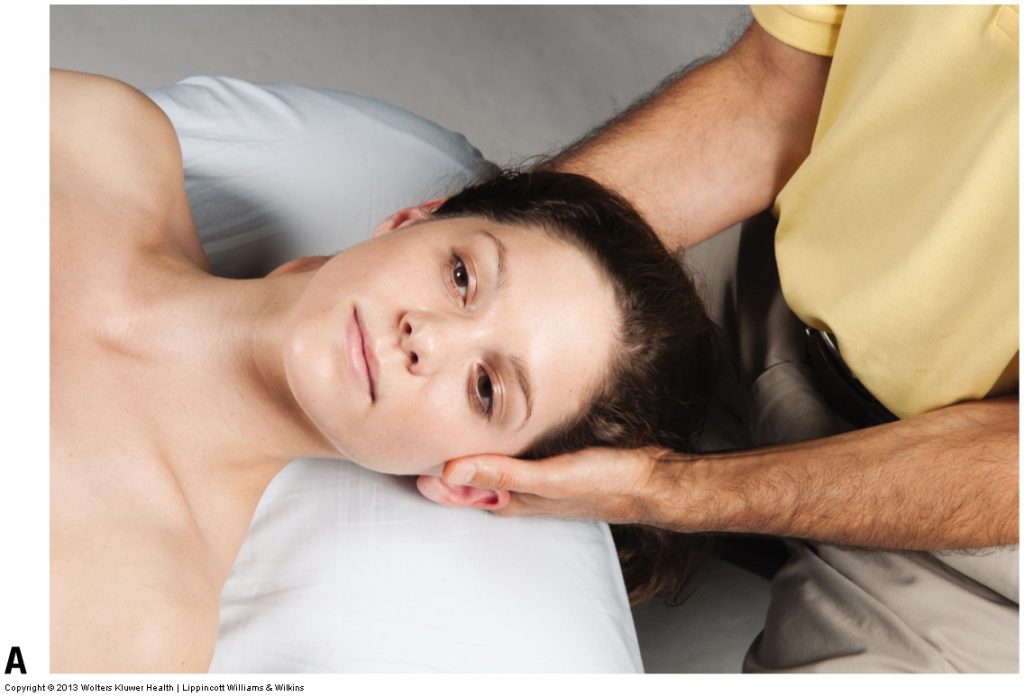
Permission Joseph E. Muscolino. Advanced Treatment Techniques for the Manual Therapist: Neck (2015).
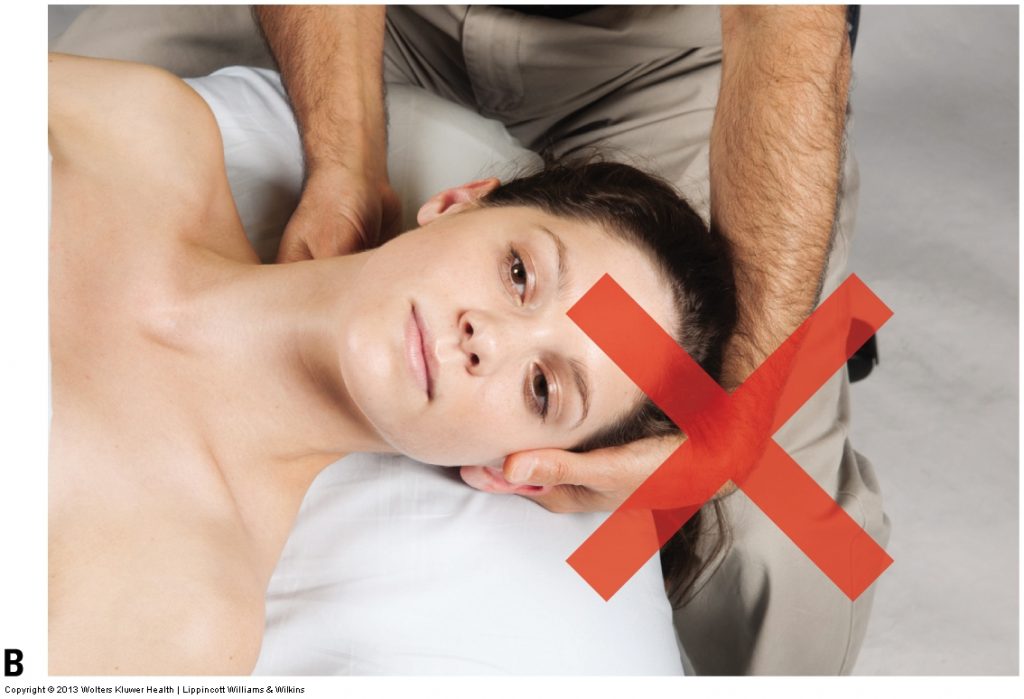
Permission Joseph E. Muscolino. Advanced Treatment Techniques for the Manual Therapist: Neck (2015).
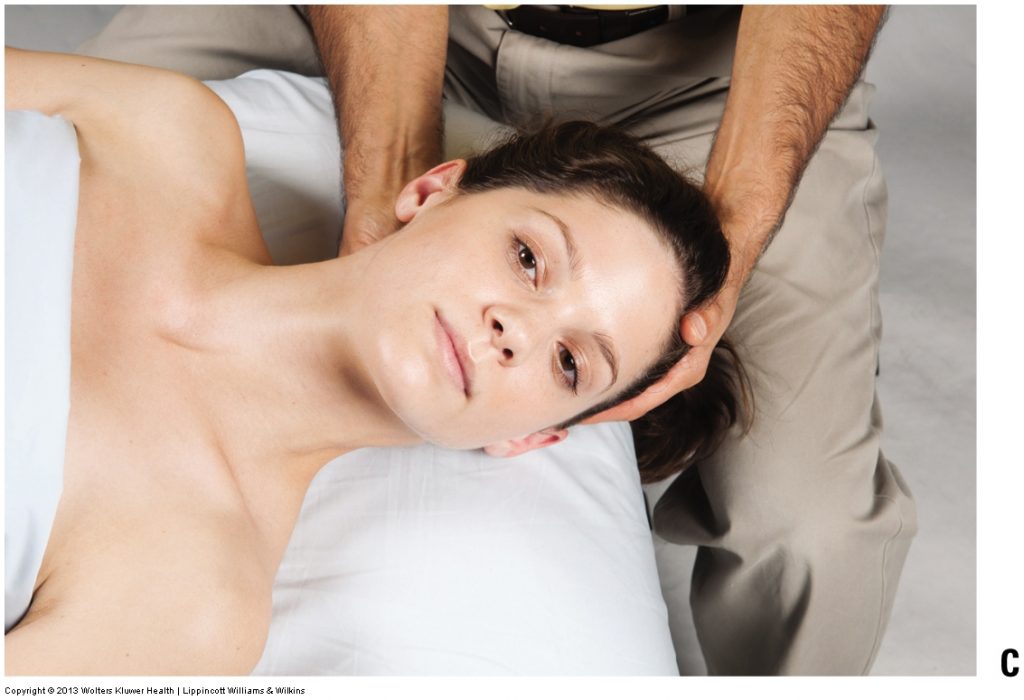
Permission Joseph E. Muscolino.Advanced Treatment Techniques for the Manual Therapist: Neck (2015).
Change in stabilization hand posture. Note the difference in placement of the therapist’s stabilization hand in the figures as the therapist changes his seated position to work different aspects of the client’s neck. (A) Placement of the stabilization hand when the therapist is seated at the head of the table. (B) Position of the stabilization hand and wrist joint if the therapist moves to sit toward the side of the table but does not reposition the stabilization hand; the wrist joint is placed in excessive flexion. (C) The therapist has repositioned the stabilization hand to relieve pressure on the wrist joint.
Note: Alternating Treatment Hand Contacts
Even perfect body mechanics cannot eliminate all physical stress to your body when doing massage. Ideal body mechanics merely minimize the stress. The part of your body that usually encounters the most physical stress is your treatment hand contact. For this reason, when doing massage, especially deep pressure massage, it is wise to alternate which treatment hand contact you use during a session. If the use of your thumb is limited for any reason, it is strongly recommended to use other contacts when working other parts of the body and save the use of your thumb for supine neck work. Of course, if you simply cannot use your thumb, alternate contacts are possible.
This blog post article is one of ten articles on Deep Pressure Massage Technique to the Neck.
The ten articles are:
- Introduction to Deep Pressure Massage Technique to the Neck
- Neck Deep Pressure Massage: Using Bodyweight and Muscular Effort
- Neck Deep Pressure Massage: Overview
- Neck Deep Pressure Massage: Step by Step – Positioning
- Neck Deep Pressure Massage: Step by Step – Contacts
- Neck Deep Pressure Massage: Step by Step – Use Your Core
- Neck Deep Pressure Massage: Step by Step – Apply Pressure Perpendiculary
- Neck Deep Pressure Massage: Step by Step – Engage the Tissues
- Neck Deep Pressure Massage: Step by Step – Deep Stroking Massage
- Neck Deep Pressure Massage: Prone and Side-Lying


